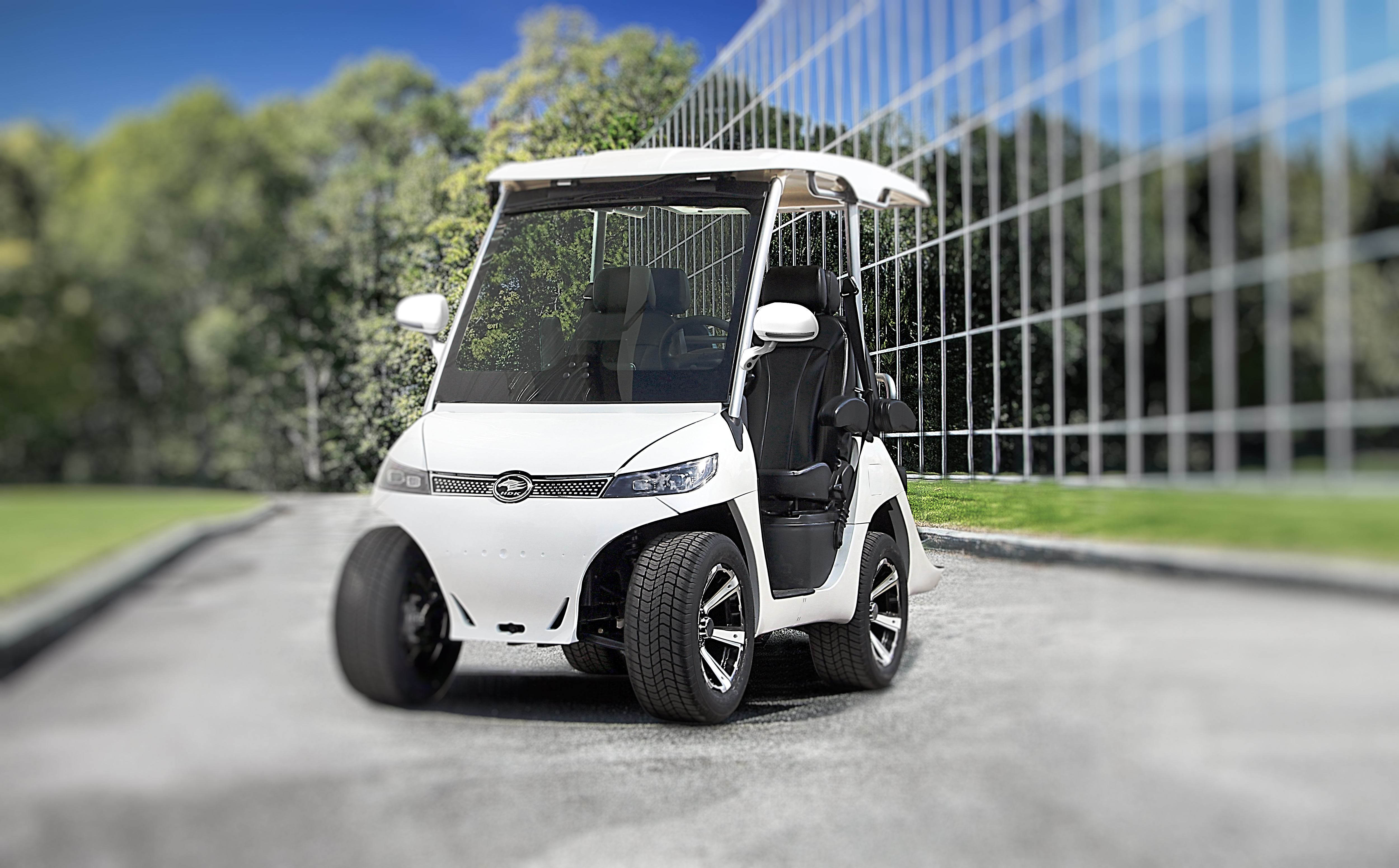Sleeker design and higher performance are geared for a new micro-mobility consumer base more likely to be cruising the neighborhood than hitting the golf course.
Sunscreen, fire pits, Yeti coolers, superyachts, RVs, e-bikes. Name a thing that people use for leisure or recreation and it’s a safe bet that sales boomed during the pandemic.
Golf carts are no exception. “The pandemic exploded our business,” said John Evans, who has been running Mission Golf Cars in San Antonio for 40 years. Sales are up 30% since the pandemic began, he said. Now his big problem is getting enough product from manufacturers.
Total retail sales for personal transportation vehicles—or PTVs, as golf cart-type vehicles are known—were more than $1.5 billion in 2020, a 12% gain over the previous year, according to Stephen Metzger, who runs the research shop Small Vehicle Resource. Metzger estimates sales could hit $1.8 billion this year, despite continued problems meeting demand.
The buyers driving this surge aren’t traditional golf cart customers—retirees looking for a way to get from tee to tee—but rather a new, younger clientele who are using their carts for neighborhood trips. And the vehicles they’re buying aren’t their grandparents’ golf carts. Many sit more than half-a-foot off the ground, with seating for up to six, peak horsepower approaching 30, and a price tag often north of $15,000. An increasing number also come with lithium-ion batteries like those found in full-size electric cars. Together, the arrival of lithium and the rise of off-course uses are transforming the golf cart industry from a niche supplier of a sport in decline to a growing part of the micro-mobility revolution.
Post time: Mar-07-2022

